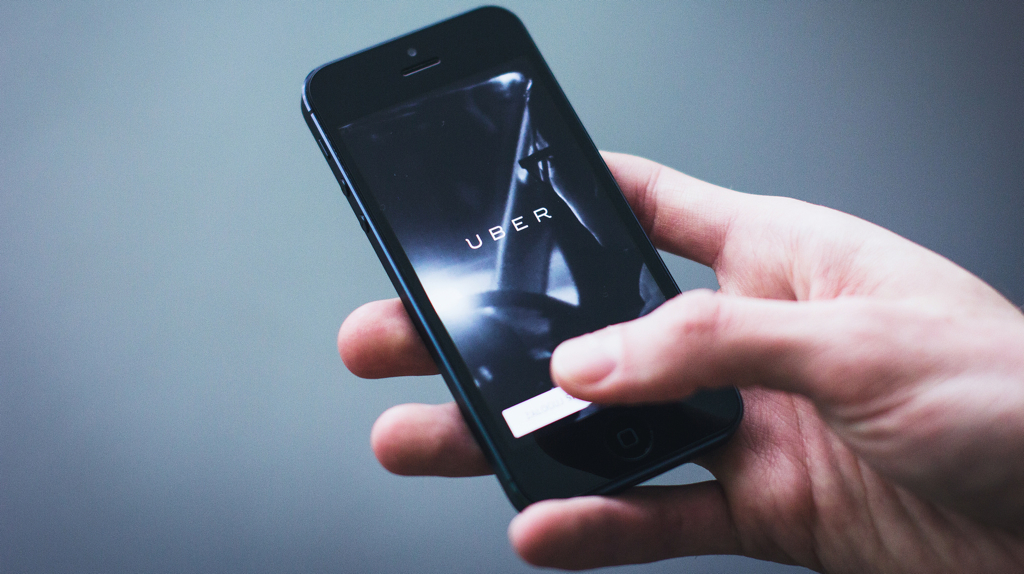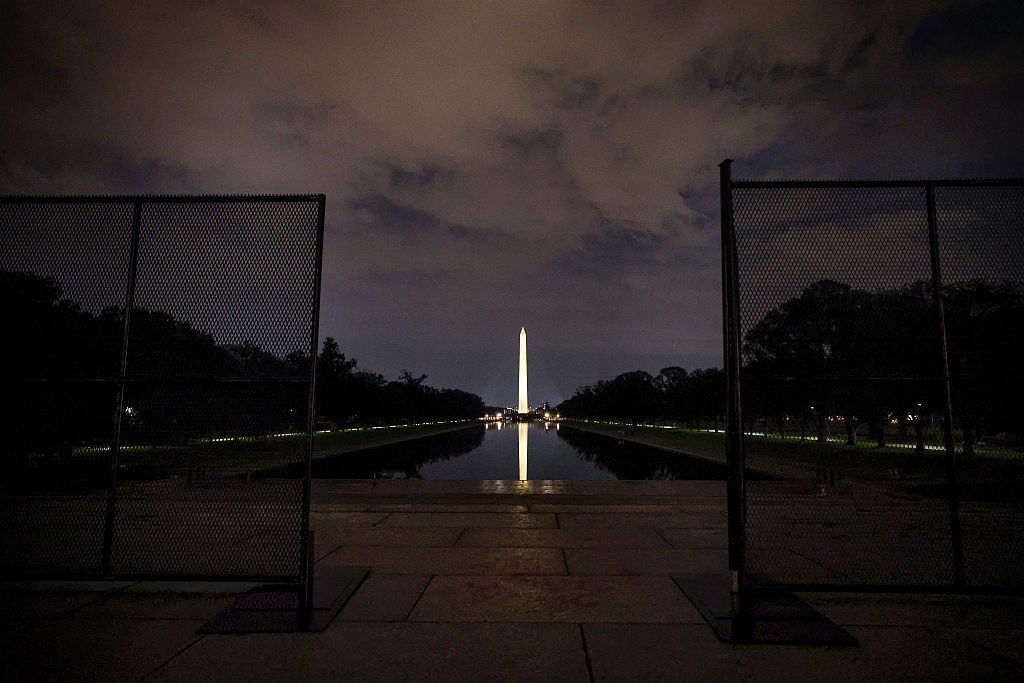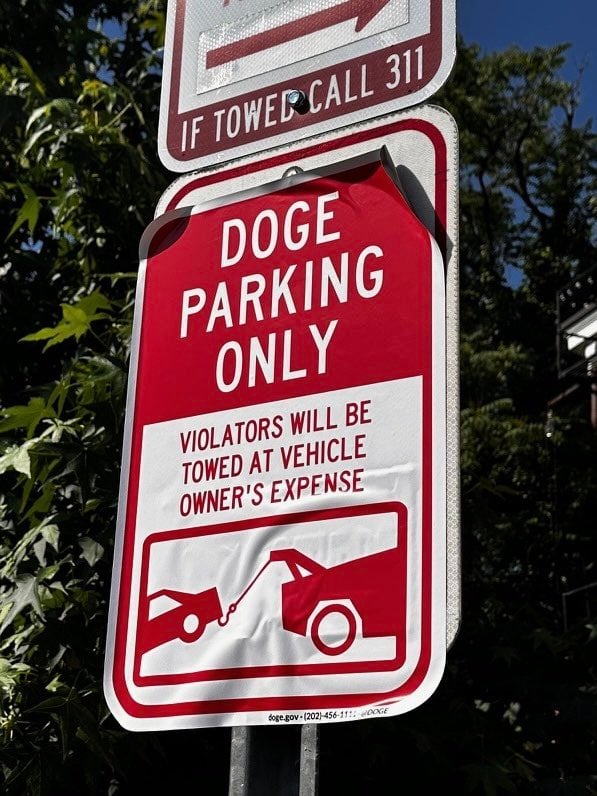Demand for Uber’s ride-hailing services has increased by 25 percent across the Washington metropolitan area since the start of Metro’s year-long SafeTrack maintenance plan, representatives for the company said Monday. And much of that growth has come on the UberPool platform in which customers traveling in similar directions share rides.
The company has prioritized UberPool since Metro began shutting whole segments of its rail network for long-overdue repairs on June 4, including spending up to $10 million on customer discounts and compensating drivers for cut rates—some UberPool rides cost 80 percent less than a typical ride on the standard UberX platform.
In the two months since the SafeTrack began, the Pool service has grown to account for one-quarter of Uber’s entire business in the area, said Tom Hayes, the company’s general manager for Washington. Animated maps the company showed reporters at its downtown DC office compared Pool usage in early June, when shared rides accounted for about 20 percent of Uber’s activity here, to a day in early August. On the latter map, the area’s highways and other major thoroughfares displayed much more thickly and brightly than on the former, representing the increased use.
The shared-ride platform enjoyed a ten-percent bounce during the maintenance plan’s first phase, which closed several stations in Falls Church and Ballston, and a 34 percent boost in the second phase, which impacted stations in Northeast DC and Prince George’s County. A recent phase that closed the Red Line between NoMa and Silver Spring saw UberPool use rise by 15 percent in the affected area.
Uber has responded to most SafeTrack areas with deep discounts on shared rides, although it has experimented with other customer incentives. During Phase 2—which cut off the Blue and Silver lines between Eastern Market and Benning Road and the Orange Line between Eastern Market and Minnesota Avenue for 16 days—Uber implemented fare caps during rush hours of $5 for rides beginning or ending in DC and $7 in Prince George’s County.
The company has also introduced a new bulk-pricing option, in which customers can pay $30 to lock in 20 rides at a flat rate over the course of a month—$1 per UberPool ride or $9 per UberX ride after the initial $30 payment. Uber says drivers are compensated for the lower fares out of the $10 million the company has set aside.
Other transportation options—buses, Capital Bikeshare, and taxis—have enjoyed increased business during SafeTrack. What Uber still needs to figure out is if the increased demand for shared rides will be sustainable after Metro completes its SafeTrack schedule in mid-2017. The company says it has not broken down data points from areas where maintenance phases have already been completed.



















